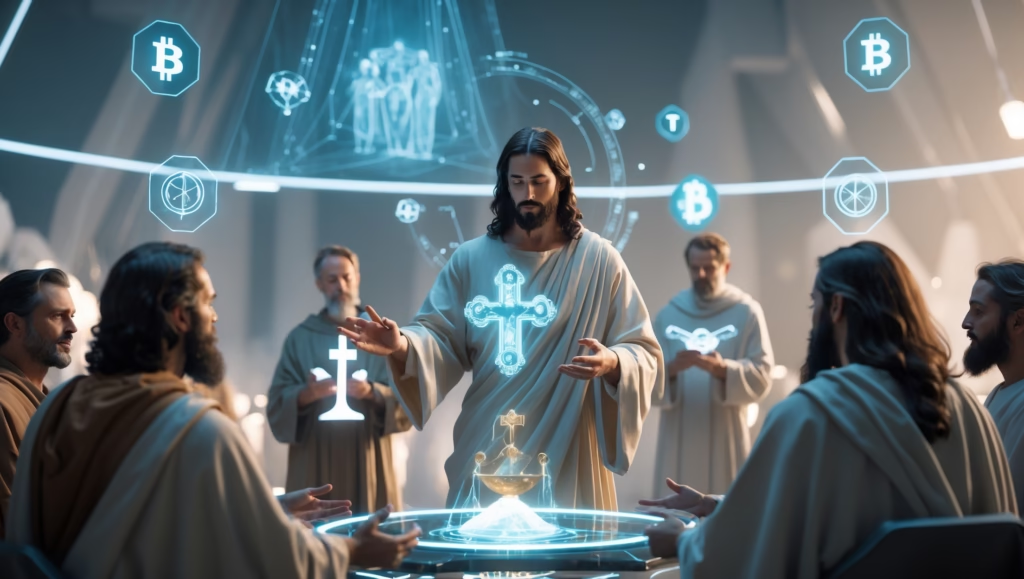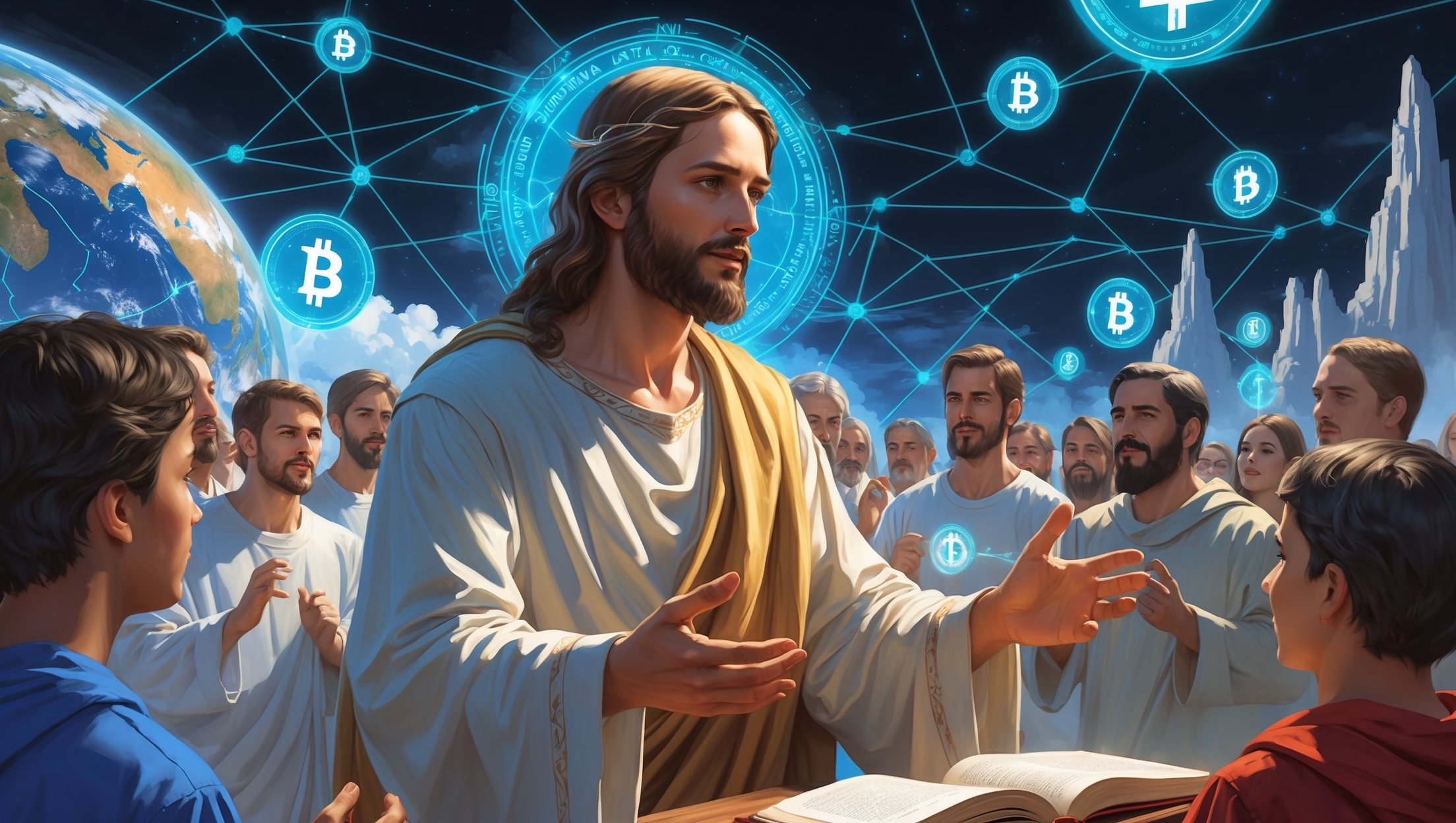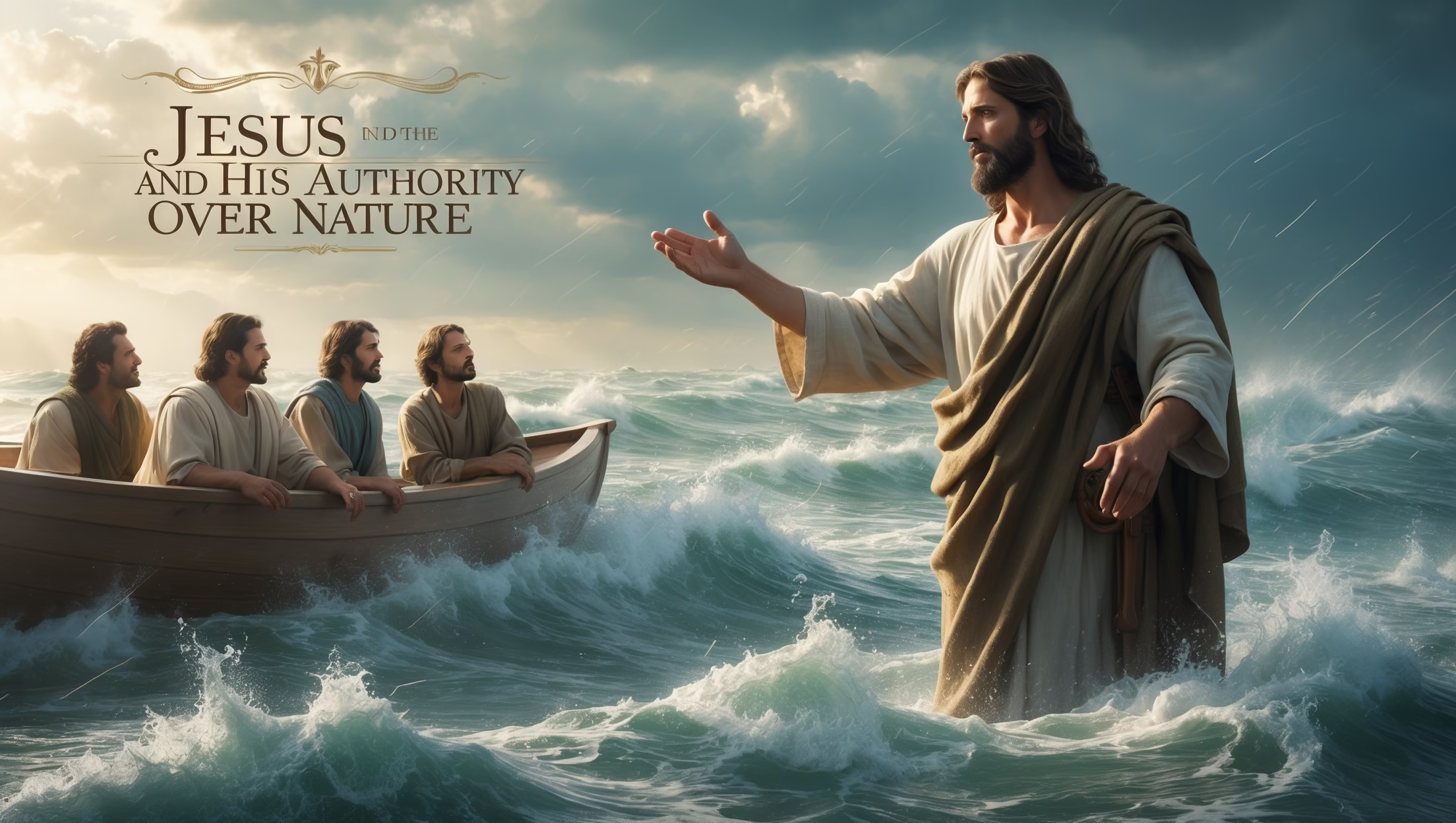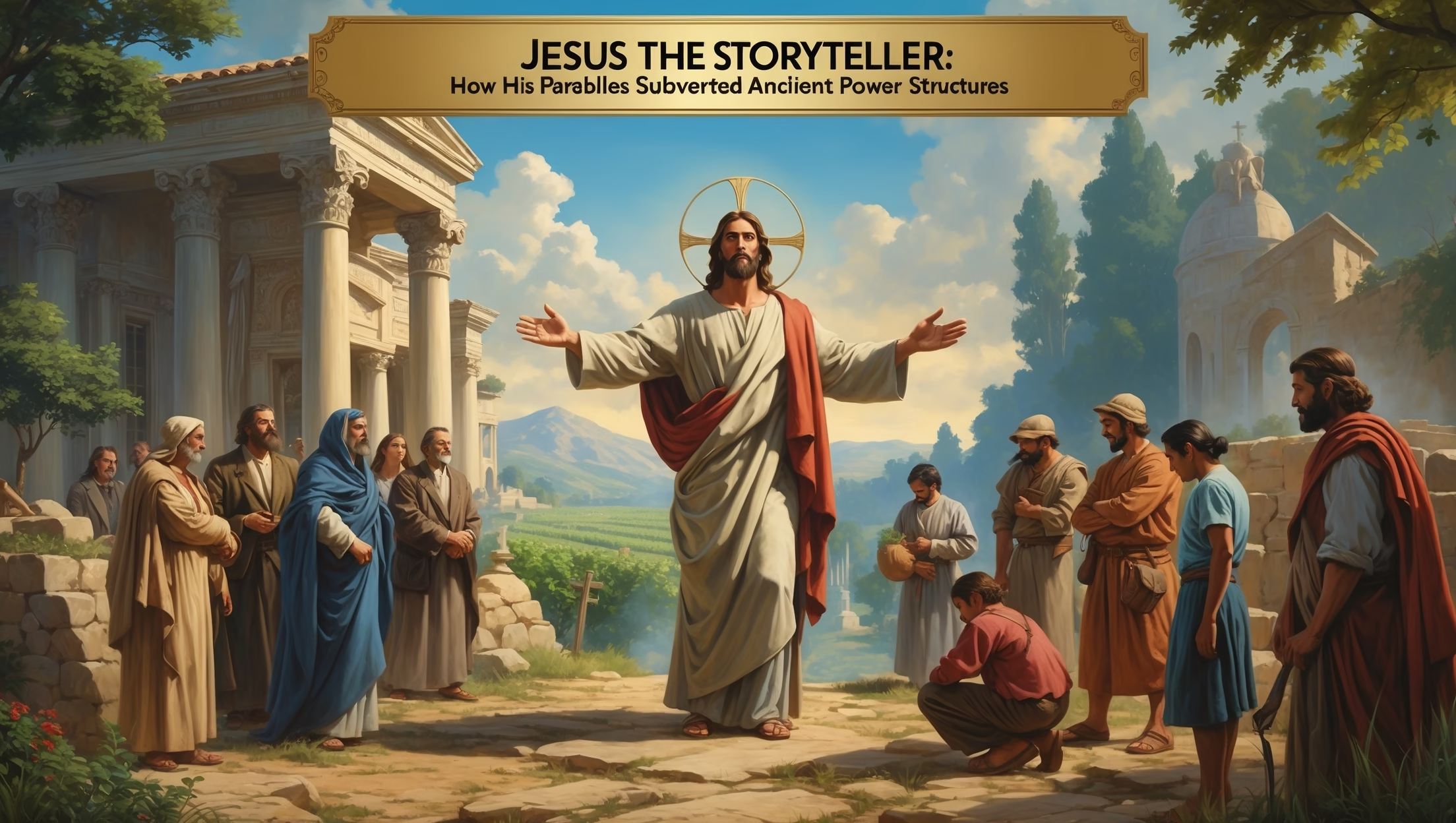When NFTs Meet the New Testament
As the digital frontier expands, Christianity is entering the realm of blockchain, NFTs, and decentralized governance. Web3 technologies, often associated with finance and gaming, are increasingly intersecting with faith communities, creating novel expressions of devotion. From NFT Eucharist tokens to virtual pilgrimages, these innovations spark both excitement and theological debate.

Digital Sacraments
1. Eucharist Tokens
Some artists and theologians have minted limited-edition NFTs representing the Last Supper or symbolic elements of the Eucharist. Benefits and features include:
- Proof of Ownership: Each token uniquely verifies participation in a digital sacrament
- Interactive Art: Owners can view animated depictions of Christ and the disciples
- Collectible Devotion: Encourages engagement in a gamified spiritual experience
Critics, however, question whether faith can be commodified, calling this trend “the golden calf 2.0.” Proponents argue it is a new medium for reflection and evangelism in the digital era.
2. Virtual Pilgrimages
Web3 enables VR reconstructions of sacred sites, including the streets of Jerusalem and Golgotha. Features:
- Immersive Worship: Walk the path of Jesus’ ministry from the Sea of Galilee to the cross
- Accessibility: Pilgrimages available to those unable to travel physically
- Educational Value: Historical and theological annotations embedded in the environment
This trend parallels early Christian catechesis, where storytelling and spatial engagement taught scripture in oral and visual forms.
3. DAO Churches
Decentralized Autonomous Organizations (DAOs) are being applied to church governance and finance:
- Smart Contract Tithing: Automated donations with transparent ledger records
- Community Decision-Making: Token holders vote on ministry priorities, echoing early church consensus practices
- Global Reach: Members from multiple continents collaborate in governance without centralized hierarchy
While innovative, this raises theological questions about authority, sacramental integrity, and the role of clergy in a decentralized system.
Theological and Ethical Considerations
Web3 Christianity challenges conventional notions of sacramentality, authority, and presence:
- Can pixels and smart contracts convey spiritual reality? Traditional theology emphasizes physical elements and embodied worship, which digital tokens may approximate but not replicate.
- Materialism vs. Devotion: NFTs introduce market dynamics that may conflict with the non-commercial nature of Christ’s teachings.
- Decentralized Faith Communities: DAO churches democratize decision-making but risk fracturing unity or reducing theological oversight.
Despite these concerns, early adopters view Web3 as a tool for innovation, inclusivity, and global engagement, echoing the early church’s adaptation to new social and cultural contexts.
Global and Cultural Impact
- Vatican-Endorsed Initiatives: The Vatican has experimented with blockchain art, signaling cautious institutional acceptance
- Youth Engagement: Web3 projects attract younger audiences familiar with cryptocurrency and gaming culture
- Cross-Platform Evangelism: NFT campaigns integrate Twitter, Discord, and metaverse spaces, expanding spiritual reach
These initiatives also blend art, theology, and technology, creating new genres of religious media while fostering conversation about faith’s role in digital economies.
Why It Matters Today
Jesus in Web3 exemplifies religion’s adaptability:
- Digital Sacraments: Redefining rituals for a global, connected generation
- Blockchain Transparency: Offering accountability in tithing and church governance
- Immersive Devotion: Expanding theological education through interactive experiences
Ultimately, these trends underscore the ongoing relevance of Christ’s message: spiritual formation, community, and ethical reflection can persist even in radically new technological environments.










